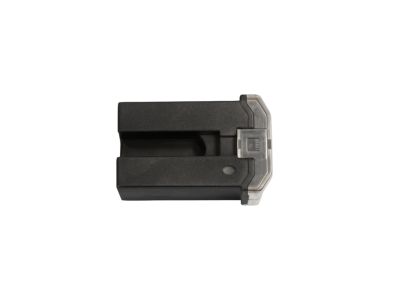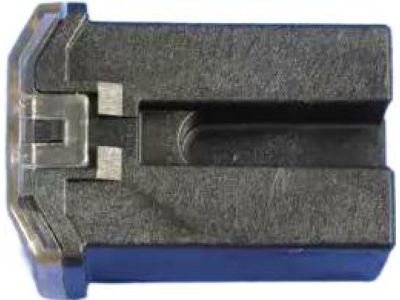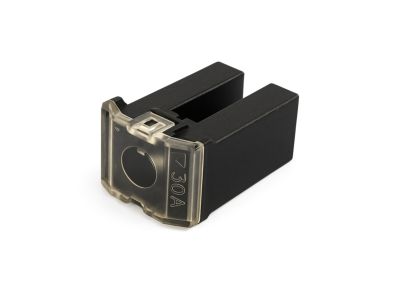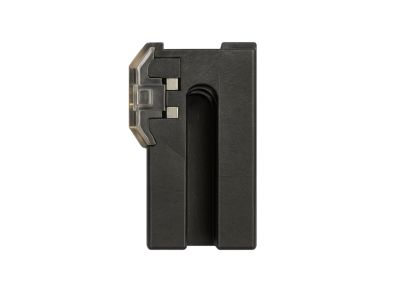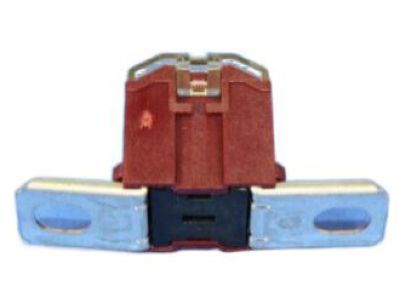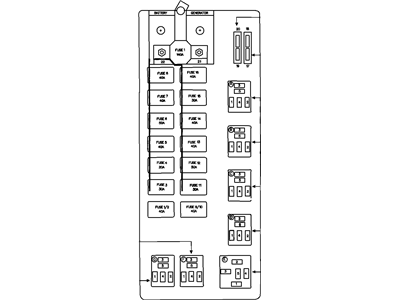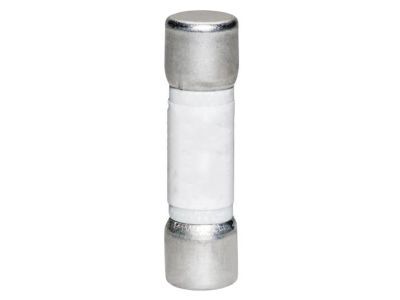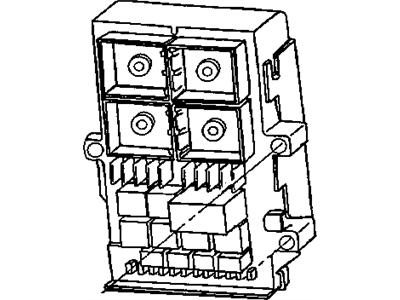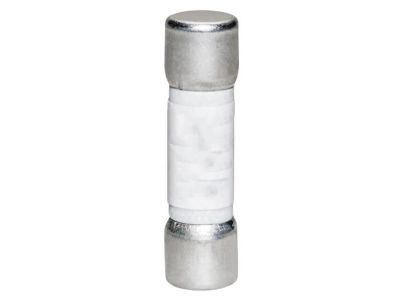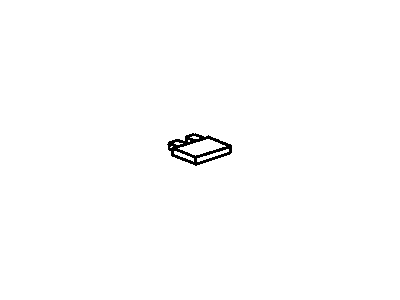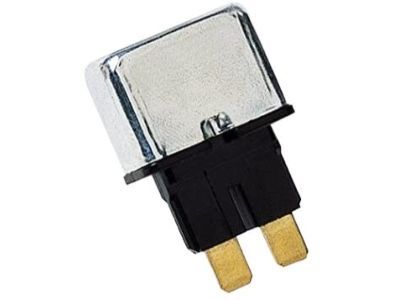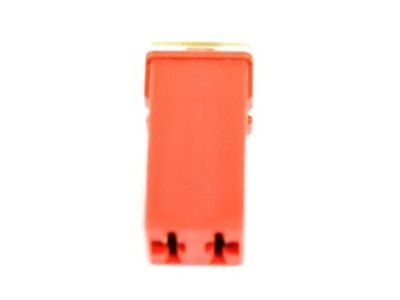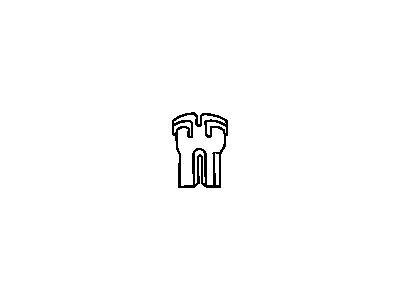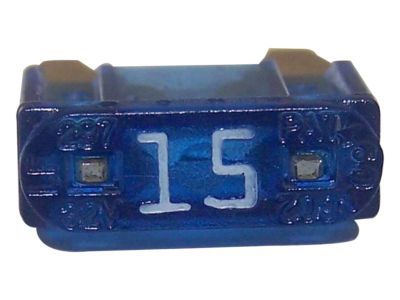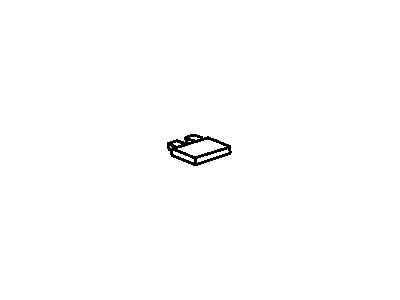
My Garage
My Account
Cart
Genuine Chrysler PT Cruiser Fuse
Circuit Fuse- Select Vehicle by Model
- Select Vehicle by VIN
Select Vehicle by Model
orMake
Model
Year
Select Vehicle by VIN
For the most accurate results, select vehicle by your VIN (Vehicle Identification Number).
9 Fuses found
Chrysler PT Cruiser Fuse
Looking for affordable and high-quality auto parts? Then you have already arrived at the proper online shop. We offer all Chrysler PT Cruiser Fuse at great affordable prices. Moreover, all genuine Chrysler PT Cruiser Fuse come with a manufacturer's warranty. In the long run, you would realize you have saved a lot of trouble and money with OEM parts from here.
Chrysler PT Cruiser Fuse Parts Questions & Experts Answers
- Q: What procedures should be followed for fuse maintenance and troubleshooting on Chrysler PT Cruiser?A:Protection of the electrical circuits in the vehicle is done by fuses, circuit breakers and fusible links whereby the fuse blocks are located at the left end of the instrument panel and in the engine compartment. The interior fuse box is located at the left end of the instrument panel under a cover, whereas the main engine compartment fuse/relay block is located behind the air filter housing and can only be accessed when the cover of the air filter housing is removed. These fuses are individual to each circuit and the different circuits are the labelled on the cover of the fuse panel. Miniature fuses with blade terminal design allow simple application of force with fingertips in removal and replacement of the components. In a situation when an electrical component is dysfunctional, the fuse has to be checked; using a test light to confirm that there is power to the exposed terminal ends is recommended; if there is power to the one end but none to the other, then the fuse is blown and this is evidenced by the fact that the element between the terminals melts when a fuse is blown. Blown fuses that are to be replaced with another should be replaced with fuses of the correct type since the different appearances of fuses of different rating may physically be swapped But only correct rating should be used to guarantee adequate protection of each electrical circuit or the amperage value of which is molded in the body of the fuses. If a replacement fuse continues to go bad as soon as it is installed, then it should not be reached for again until the probable cause for the fuse going bad-and this is normally a short circuit caused by either a damaged or rigorously worn wire-is dealt with. In turn, some circuits are protected by fusible links, which are used in circuits not protected by or that have large current; cartridge-type fusible links are located in the engine compartment fusible link box and resemble large fuses and can be easily replaced by disconnecting the battery negative terminal.
